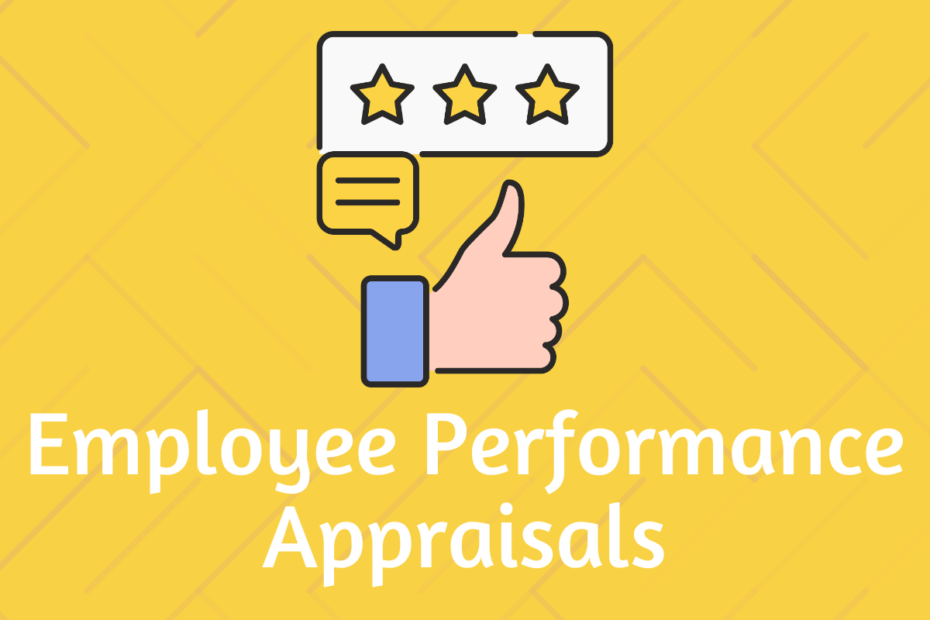In today’s fast-evolving business landscape, organizations strive to maintain high standards of performance and productivity. A crucial part of this is employee performance appraisals. A well-structured appraisal system offers organizations the opportunity to evaluate, guide, and enhance employee performance effectively. Here, we provide a detailed, comprehensive guide on employee performance appraisals, including their purpose, key methods, benefits, challenges, and best practices to ensure your organization maximizes the effectiveness of appraisals.
What is an Employee Performance Appraisal?
An employee performance appraisal is a systematic process that evaluates an individual’s job performance and productivity against established standards and organizational goals. This evaluation is often conducted annually but may vary depending on company policy. Appraisals help organizations identify high-performing employees, recognize areas for improvement, and align individual objectives with the broader company vision.
Importance of Performance Appraisals
Performance appraisals play a vital role in organizational growth. They contribute to:
- Setting and Aligning Goals: Helps align individual roles and objectives with strategic organizational goals.
- Providing Feedback: Offers employees constructive feedback to encourage improvement and growth.
- Identifying Training Needs: Uncovers skill gaps and development needs for career progression.
- Enhancing Employee Motivation: Recognizes achievements, fostering motivation and job satisfaction.
- Supporting Succession Planning: Identifies potential leaders and prepares them for advancement.
Types of Employee Performance Appraisal Methods
Choosing the right appraisal method depends on the organization’s size, culture, and objectives. Here are some common types of appraisal methods:
1. 360-Degree Feedback
In this comprehensive approach, feedback is gathered from various sources, including managers, peers, subordinates, and sometimes clients. This method offers a well-rounded view of an employee’s performance and behavior.
2. Self-Assessment
Self-assessment allows employees to evaluate their performance, strengths, and areas for improvement. This method promotes self-reflection and can lead to a more productive discussion during formal appraisals.
3. Management by Objectives (MBO)
MBO is a results-oriented method where managers and employees jointly set specific, measurable goals. The appraisal focuses on the completion and quality of these goals.
4. Behavioral Checklists and Scales
This technique uses pre-determined behaviors, traits, and skills for assessment. The evaluator rates employees on these behaviors, which helps identify areas that need improvement.
5. Rating Scales
Rating scales involve scoring employees on various aspects of performance. This straightforward method allows for easy comparison across employees.
Benefits of Employee Performance Appraisals
Conducting regular performance appraisals brings numerous benefits to both employees and the organization.
- Enhanced Performance: Provides motivation and clear targets, helping employees improve their performance.
- Improved Communication: Establishes open channels for discussing expectations, feedback, and career aspirations.
- Professional Development: Helps in identifying opportunities for training and upskilling.
- Increased Retention: Recognizes and rewards employees, contributing to higher job satisfaction and retention rates.
Challenges in Implementing Effective Performance Appraisals
Despite their benefits, performance appraisals can face several challenges:
- Bias and Subjectivity: Evaluators’ personal biases may influence results.
- Lack of Clear Metrics: Unclear or poorly defined metrics can lead to confusion and inconsistent evaluations.
- Feedback Delivery: Poorly delivered feedback can result in demotivation or resentment.
- Time-Consuming Process: Appraisals can be resource-intensive, especially in large organizations.
To mitigate these challenges, companies should ensure clear guidelines, objective criteria, and thorough training for evaluators.
Best Practices for Conducting Effective Employee Performance Appraisals
Implementing these best practices can make performance appraisals more efficient and impactful:
1. Set Clear Objectives
Define the purpose and goals of the appraisal process. Align appraisals with organizational goals to ensure relevance.
2. Develop Objective Evaluation Criteria
Establish measurable criteria to minimize bias and subjectivity. Ensure that these criteria are clear, consistent, and directly tied to job roles.
3. Train Managers and Evaluators
Provide training on conducting appraisals effectively, offering constructive feedback, and avoiding common biases.
4. Encourage Regular Feedback
In addition to annual or semi-annual appraisals, encourage frequent check-ins and informal feedback to create a culture of continuous improvement.
5. Foster Open Communication
Encourage open dialogue, allowing employees to voice their thoughts, concerns, and career aspirations.
Conclusion
An effective employee performance appraisal process not only evaluates performance but also contributes to employee development, engagement, and overall organizational success. By implementing a structured, transparent, and objective appraisal system, organizations can foster a culture of continuous improvement and help employees achieve their full potential.
